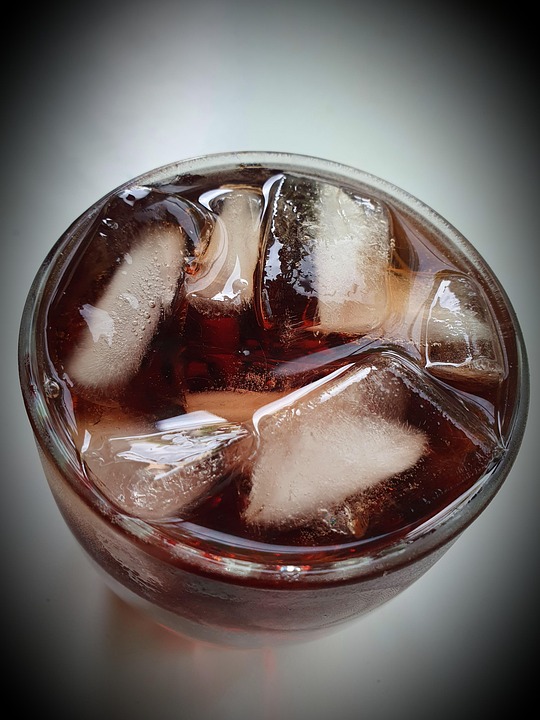Introduction
Ice wine, also known as Eiswein in German, is a luxurious and unique type of dessert wine produced from grapes that have been frozen while still on the vine. This process concentrates the sugars and flavors in the grapes, resulting in a sweet and intensely flavored wine. The production of ice wine is a delicate and labor-intensive process that is heavily influenced by climate and timing factors. In this report, we will explore how climate and timing impact yield and quality in ice wine harvests.
Climate Factors
Temperature
Temperature is a critical factor in the production of ice wine. Grapes must be frozen at a temperature below -8°C (17.6°F) for an extended period to ensure that the water in the grapes crystallizes, leaving behind concentrated sugars and flavors. In regions where temperatures consistently drop below this threshold, such as Canada and Germany, ice wine production is more reliable.
Precipitation
Precipitation levels can also impact ice wine harvests. Excessive rainfall or snowfall can make it difficult to harvest the grapes at the optimal frozen state. On the other hand, drought conditions can lead to smaller grape yields, affecting the overall production of ice wine.
Wind
Wind can also play a role in ice wine production. Strong winds can strip the vines of their protective coverings, making them more susceptible to damage from freezing temperatures. Wind can also affect the rate at which grapes freeze, impacting the final quality of the wine.
Timing Factors
Harvest Time
The timing of the harvest is crucial in ice wine production. Grapes must be left on the vine until they reach the optimal level of ripeness, with high sugar content and acidity. Once the grapes have reached this point, they must be harvested quickly when temperatures drop below the required threshold. Timing is key to ensuring that the grapes freeze at the right moment, preserving their flavors and aromas.
Harvesting Techniques
Different regions have developed specific harvesting techniques to maximize the quality of their ice wines. In Canada, for example, many vineyards harvest their grapes at night when temperatures are lowest, using specialized equipment to carefully pick and press the frozen grapes. In Germany, some vineyards use nets to protect the grapes from birds and other wildlife during the freezing process.
Yield and Quality
The interplay between climate and timing factors ultimately determines the yield and quality of ice wine harvests. A successful ice wine harvest can result in a small but highly concentrated yield of grapes, producing a wine with intense flavors of honey, apricot, and peach. The unique production process of ice wine also contributes to its high price point, making it a sought-after luxury item for wine enthusiasts.
Industry Insights
Ice wine production is a niche market within the wine industry, with Canada and Germany being the primary producers of this specialty wine. In Canada, the Niagara Peninsula in Ontario is renowned for its ice wine production, with many vineyards specializing in this unique style of wine. In Germany, the regions of Franken, Rheingau, and Mosel are known for their high-quality ice wines.
Financial Data
The production of ice wine can be a risky venture for wineries, as it is heavily dependent on favorable climate conditions and precise timing. The small yield of grapes and labor-intensive harvesting process also contribute to the high cost of production. As a result, ice wine is often priced at a premium compared to other types of wine, making it a lucrative product for wineries that can successfully produce it.
In conclusion, climate and timing play a crucial role in the production of ice wine, impacting the yield and quality of the final product. By understanding these factors and implementing appropriate harvesting techniques, wineries can maximize the potential of their ice wine harvests and produce a luxurious and sought-after dessert wine.


